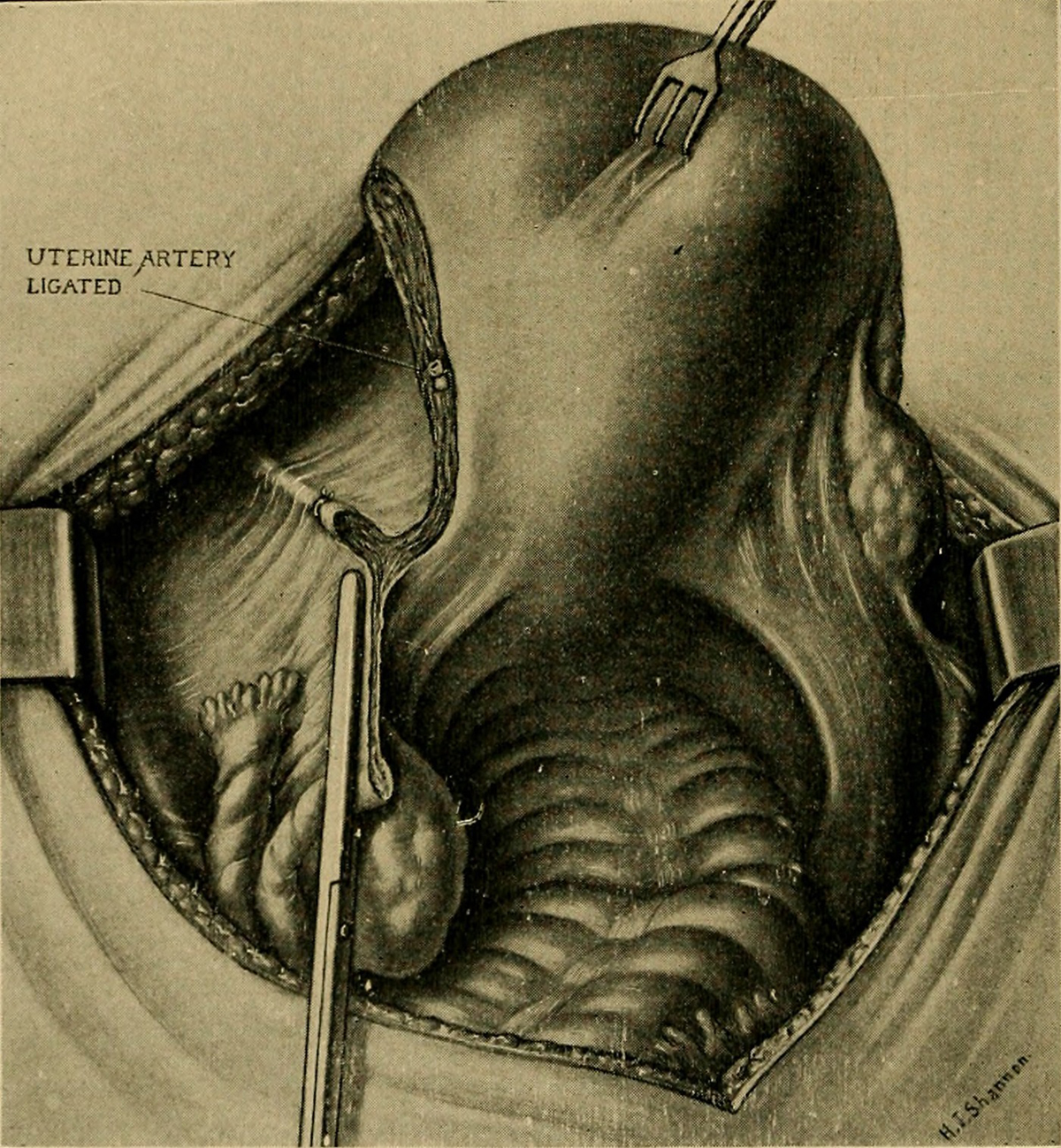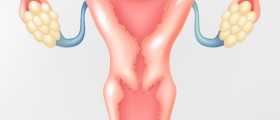
Definition of Oophorectomy
Oophorectomy is the term medical professionals use for surgical removal of the ovary/ovaries. This surgical procedure is also known under the name ovariectomy. Once a woman is removed ovaries, she completely loses the ability to conceive a child because there are no more eggs which are normally released from the ovaries. So, basically we can say that oophorectomy in women is actually the same as castration in men.
Partial oophorectomy refers to several procedures all of which manipulate with ovarian tissue but do not actually remove the entire ovary. Some of these procedures are ovarian cyst removal, partial resection of ovaries etc. Even though such procedures are performed to preserve function of the ovary and allow the woman to remain fertile, many times complete ovarian failure develops postsurgical.
In women this surgical procedure is typically performed in case of large ovarian cysts as well as suspicious ovarian cysts and ovarian cancer. Furthermore, oophorectomy is done in women already suffering from breast cancer in whom the tumor is hormone responsive. The ovaries are removed alone or the surgeon removes the uterus at the same time.
Also, a woman may undergo surgical removal of ovaries and the fallopian tubes. This surgery, particularly if includes removal of both ovaries and fallopian tubes, is known as bilateral salpingo-oophorectomy and is a form of birth control. However, it is not that commonly performed in this purpose. The more frequent approach for birth control used these days is tubal ligation.
Cancer Prevention
Among many therapeutic advantages, oophorectomy can be also prophylactic surgery, helping women who are prone to certain types of cancers. For instance, BRCA 1 mutations in women are associated with high risk of breast cancer. In these woman oophorectomy performed before the age of 40 may significantly reduce the chance that the tumor will even occur. BRCA1 mutations are also connected with the occurrence of ovarian cancer so just by simply removing the ovaries the tumor has no chance to develop at all.
On the other hand, the effects of oophorectomy in women with BRCA 2 mutations is not that impressive and is more connected with side effects. Still, if the procedure is performed together with prophylactic mastectomy, the chances the woman will not end up with breast cancer are much higher.
Apart from the mentioned cancer prevention, oophorectomy is a powerful tool in women suffering from endometriosis. In endometriosis, the tissue normally found inside the uterus starts occurring and growing on different organs and tissues in the pelvis area causing debilitating pain and many additional health complications. By removing the ovaries such tissue will not be stimulated anymore and, therefore, the pain will be successfully eliminated and bleeding will completely stop. As a result damage to the affected tissues will finally cease.
Risks and Adverse Effects
Direct surgical risks are rather rare. One of the most common injuries that occur during the surgery is injury to the ureter. Long-term effects are, however, of greater importance. All the post surgical effects are basically a consequence of the hormonal effects. The woman who has undergone oophorectomy is particularly at higher risk of developing heart diseases, cognitive impairment and Parkinsonism as well as premature osteoporosis accompanied by bone fractures. Decline in sexual function, decline in the entire well-being together with premature death are several more problems occurring after oophorectomy.
One of the major problems regarding oophorectomy is the onset of menopausal symptoms which are in nature more severe than those of normal, timely menopause. Unlike timely menopause, when women continue producing small amounts of certain hormones that are not sufficient enough for certain functions but are still present in the body, in case of oophorectomy the production ceases completely resulting in complete lack of estrogen, progesterone and even testosterone.
Because of potential complications and health issues, the majority of women are recommended hormone replacement therapy after their ovaries have been surgically removed. Such therapy must be administered cautiously because of carcinogenic and thrombogenic properties of estrogen.
Relevant Data
Taking into consideration that the risk for developing ovarian cancer in women who have BRCA 1 mutation is rather high, oophorectomy is highly suitable means of prevention.
The ovarian cancer in general does not occur that often and makes only 4% of all malignant tumors in women. Native Americans are most susceptible to ovarian cancer. There are 17.5. cases per 100,000 women. The incidence in the highest among white females, Vietnamese and white Hispanic and Hawaiian women. The incidence is not so high among Korean women as well as Chinese women.
It is estimated that in 2004 in the U.S. 454,000 women underwent oophorectomy. 63% of these operations were performed without any medical indications and such women are actually subjected to hysterectomy at the same time, therefore lost their ovaries for other reasons. Surgical removal of only one ovary is generally performed due to specific medical issues such as cysts, endometriosis, benign tumors, inflammatory diseases etc.
















Your thoughts on this
Loading...